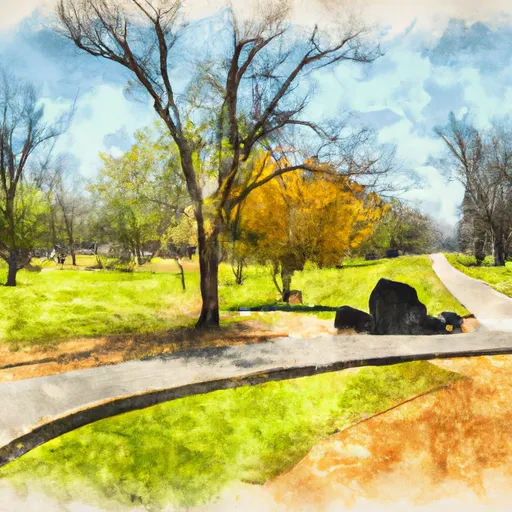°F
°F
mph
Windspeed
%
Humidity











Denison is a city located in Grayson County, Texas, with a humid subtropical climate. Temperatures range from highs in the 90s during the summer months to lows in the 30s during the winter. The city is situated near Lake Texoma, a reservoir with a variety of hydrology constituents, including catfish, bass, and crappie. Denison also has several parks and outdoor recreation areas, such as Munson Park and Waterloo Lake Regional Park, which offer hiking trails, picnic areas, and fishing opportunities. The area is also popular for boating, water skiing, and camping.
Weather Forecast
Denison receives approximately 1039mm of rain per year, with humidity levels near 75% and air temperatures averaging around 18°C. Denison has a plant hardyness factor of 8, meaning plants and agriculture in this region tend to thrive here all year round.
Regional Streamflow Levels
1
Cubic Feet Per Second
69
Cubic Feet Per Second
437
Cubic Feet Per Second
3
Cubic Feet Per Second
Nearby Camping
| Camping Area | Reservations | Toilets | Showers |
|---|---|---|---|
| Liberty Hill - Navarro Mills Reservoir | |||
| Pecan Point - Navarro Mills Reservoir | |||
| Highview - Bardwell Lake | |||
| Mott - Bardwell Lake | |||
| Waxahachie - Bardwell Lake | |||
| East Burns Run - Lake Texoma |



